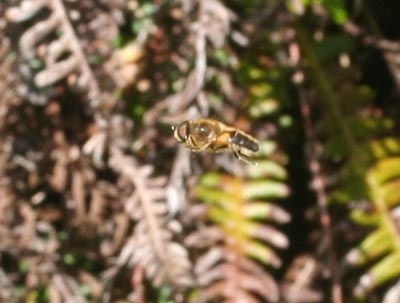Images were taken in preparation for TV filming tomorrow.
1 x Small Tortoiseshell, 2 x Small White, 2 x Orange Tip, male, 1 x Orange Tip, female.
Frequent showers.
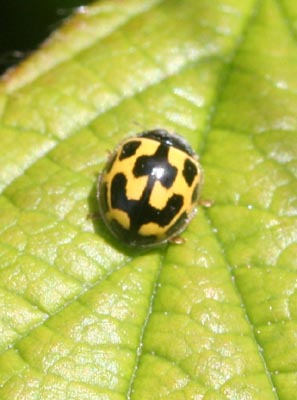
The 14-spot Ladybird is only about 5mm long.
I admit that I think the dots on these looks like a smiling clown.
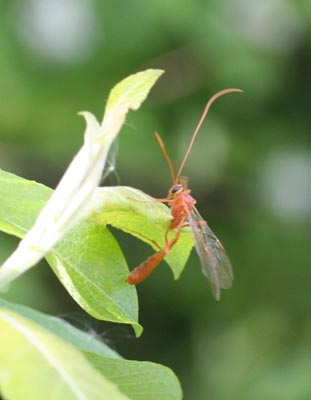
A fantastic red Ichneumonid. It's about 4 cm. from antennae to tail, so very large. When flying, it resembled a large red X moving through the air.
A male Large Red Damsel on Bulrush.

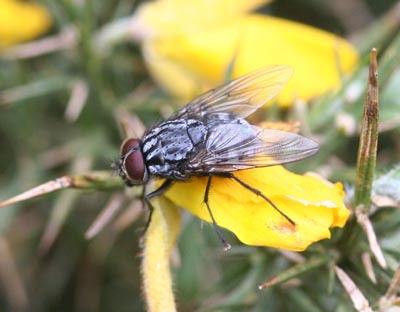
Another Calliphorid. These are identified by the backward-swept tuft of hairs reaching from the front leg to the wing insertion point.
I was recently asked why Rhagio scolopacea - The Downlooker - looks down. I speculated that its eyes might be on the top of its head. The close-up shows that this isn't too far from the truth.
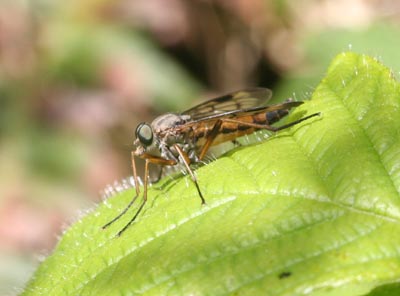
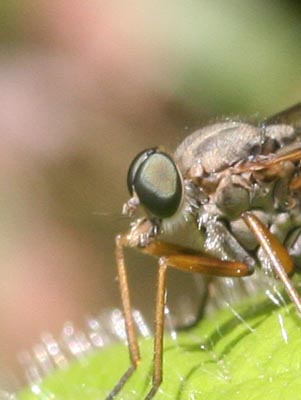
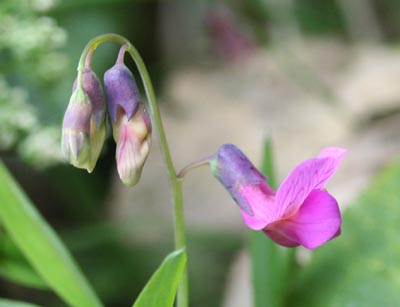
Another new plant for the Hedgerow. Lathyrus linifolius - Bitter Vetchling. Not at all scarce, but I haven't seen it anywhere near this location.
A mystery shot. Something is the focus of this shot. Note: it isn't a plant. Answer at the bottom of the page.
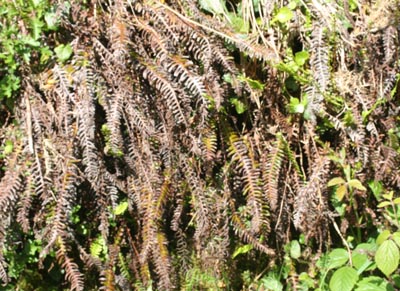
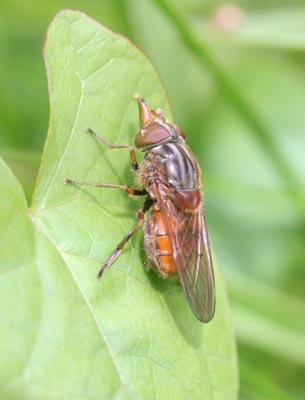
The hoverfly Rhingia campestris has long been considered to be a rural insect - the larvae eat cattle dung. But it has been found in urban areas, suggesting that the larvae have transferred to another kind of dung...dog's?
A nice shot of a pair of Orange Tip butterflies. She is coated in orange scales from the wings of the male.


Epiblema cirsiana is a recent split from Epiblema scutulana, and they are difficult to separate.
The foodplant of Epiblema cirsiana is Marsh Thistle, and it can be a lot smaller than Epiblema scutulana.
This specimen is roughly 8 mm long.
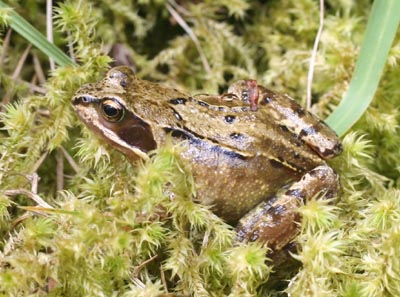
A little Common Frog - Rana temporaria - jumped out through the moss - Rhytiadelphus triquetrus.
Mesembrina meridiana is a large fly that is usually seen in the middle of the day.
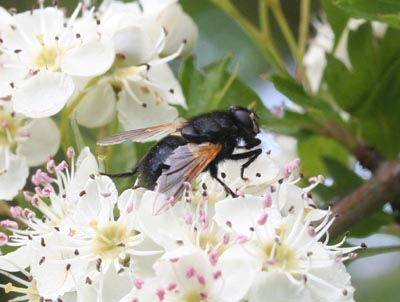
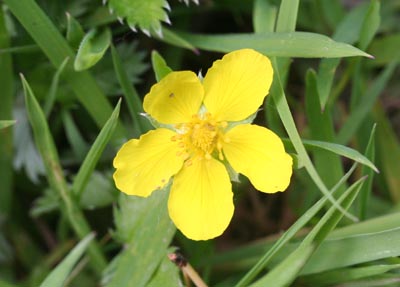
Silverweed - one of the Cinquefoils - has just opened. The last local species is Marsh Cinquefoil which is currently in leaf.

These Robber Flies have a very long proboscis which is used to suck fluids from the bodies of their prey.
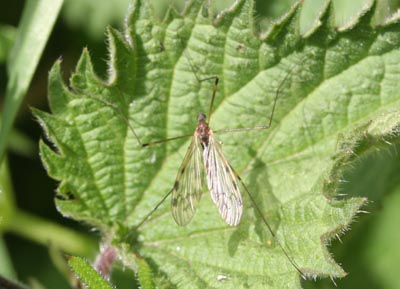
One of the smaller Crane Flies (Limoniidae).
This is the mystery object: the hoverfly Eristalis pertinax. I managed to manually focus on it as it hovered about two metres in front of me.
